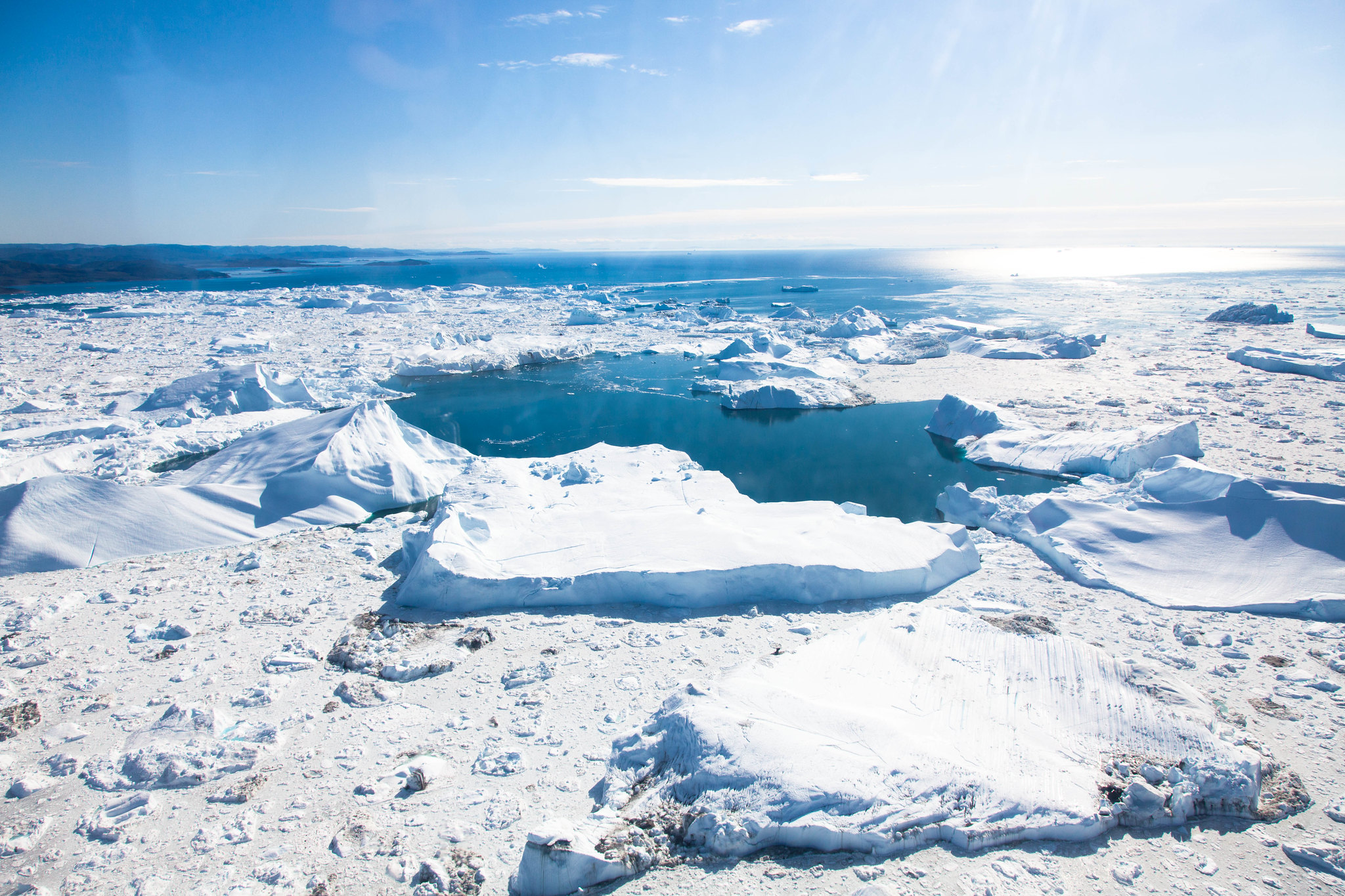Good Job, Humans: Arctic Snow Contains Rubber and Varnish

Credit to Author: Madeleine Gregory| Date: Wed, 14 Aug 2019 19:46:21 +0000
All the junk that humans produce is invading just about every part of our world, including the air. Now, researchers have found rubber and plastics such as varnish in Arctic snow.
Small bits of plastic, called microplastics, have been found in food, aquatic ecosystems, and soil. A new study published Wednesday in Science Advances aimed to uncover how these tiny particles—created as larger plastic items break down—made it to the Arctic, which is far from any urban plastic source. Microplastics have been found in the Arctic before, but this is the first study to analyze microplastic concentration in snow.
The study authors found microplastics and fibers in 20 out of 21 samples of arctic snow, most of them in the smallest detectable size range. The results were unsettling, as the samples contained rubber and varnish. Varnish is a very common plastic, often used as a coating on many ships, vehicles, and buildings. They also found plastic such as polystyrene (which makes Styrofoam) and PVC (a toxic substance often used in pipes) in the Arctic snow.
The Fram Strait, where researchers collected the data, is far from most human activity. Because of its remote nature, the researchers hypothesize that the plastic must’ve arrived by air. Scientists are just starting to study airborne microplastic, but believe that rain or snow can pull plastics out of the air and send them back down onto land.
“During its passage through the atmosphere, snow binds airborne particles and pollutants, which are eventually deposited on Earth’s surfaces, a phenomenon termed ‘scavenging,’” the paper said.
The researchers warn of the potential health implications of airborne plastics. We’re likely breathing in microplastics, especially if we live in a city, and more research is needed to understand the health implications of that kind of exposure.
For comparison, the researchers also examined snow samples from various European locations, including a remote site in the Swiss Alps and two populated German sites. The thinking is that the farther you get from human centers, the more plastic gets there through the atmosphere.
Microplastics were highest in the populated sites; the samples were taken straight from the side of the road and likely contained particles from tires and other human equipment. The Swiss Alps had more plastic particles than the Arctic, likely due to the region’s proximity to densely populated areas compared to the Arctic.
Because microplastics can be found in snow, the study also advises cities to be more careful in how they handle large snowfalls. When removing snow from populated areas, the researchers advise not to dump snow in “sensitive areas” that could be affected by microplastic contamination.
Though researchers point to the atmosphere as a source of microplastic pollution in snow, they’re not clear on exactly how the microplastics got there. The pollutants may have travelled across the ocean from cities to the Arctic, as long-range air travel is possible. They also point to aquatic ecosystems as a potential source, noting that microplastics could potentially evaporate and then get trapped in snowfall.
“Given the high concentrations that we have measured in Arctic sea ice and also in deep-sea sediments it is reasonable to assume that [microplastics] could affect the fitness of these organisms, which are also under pressure from changing environmental conditions brought on by the climate crisis,” Bergmann said.
This article originally appeared on VICE US.